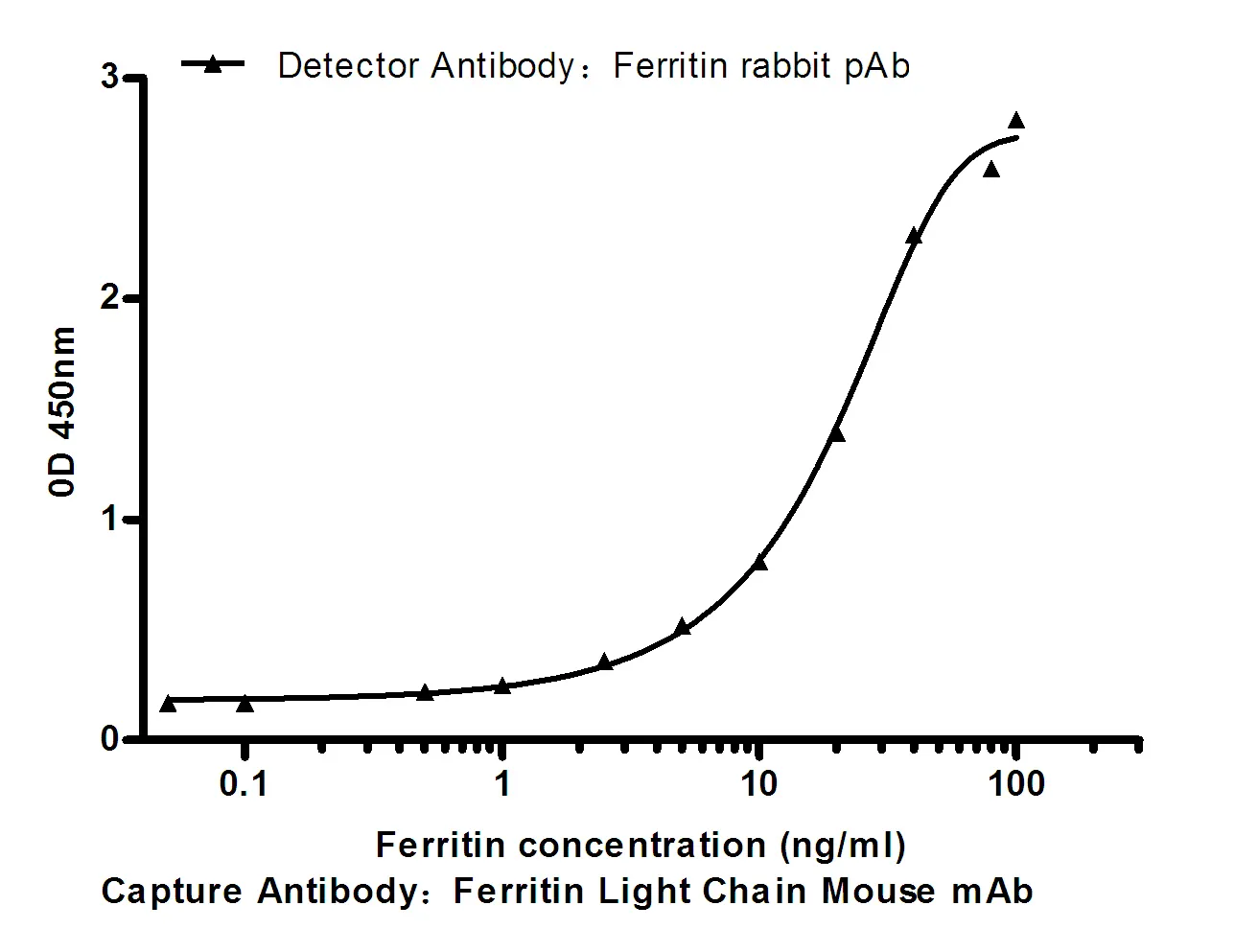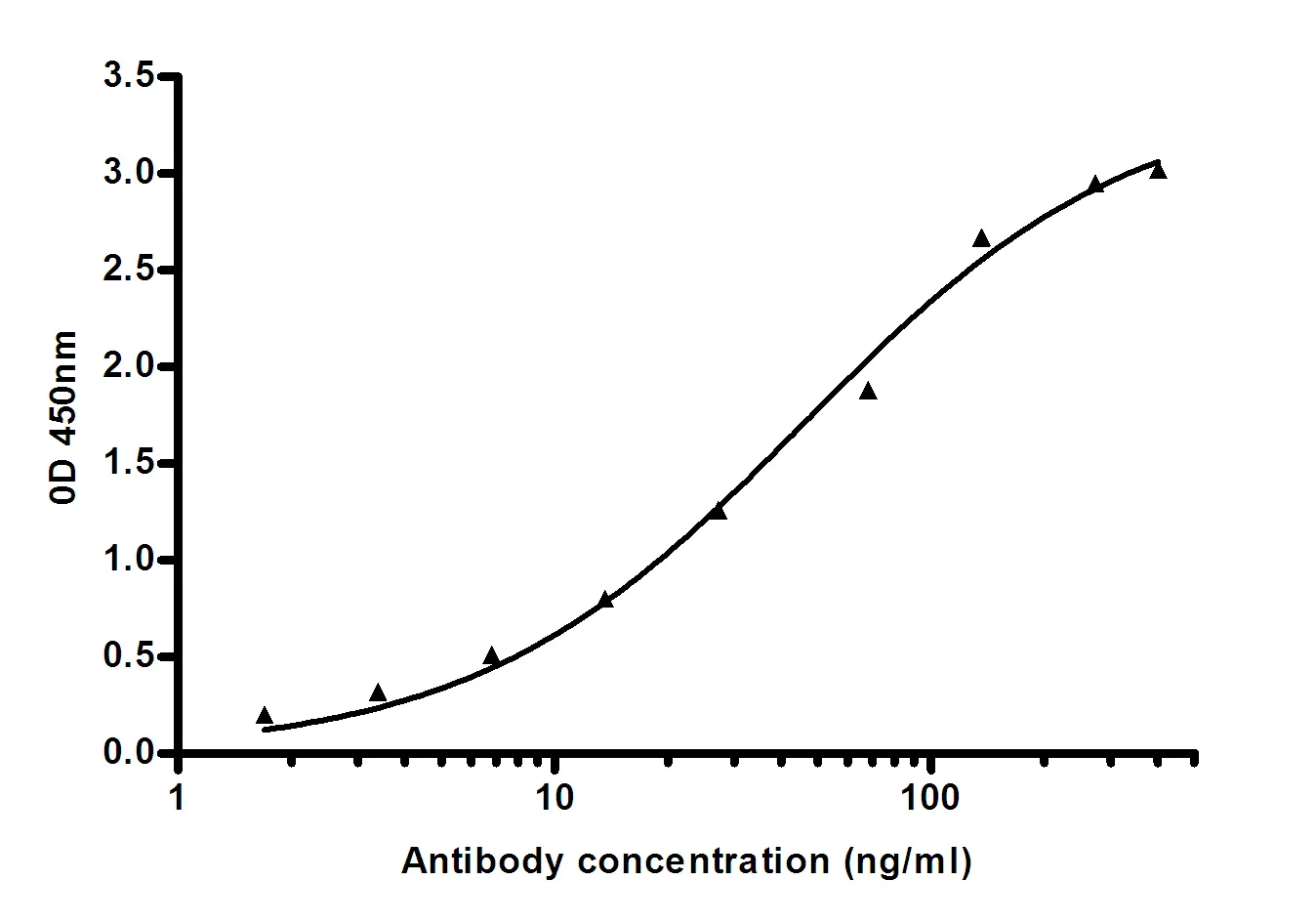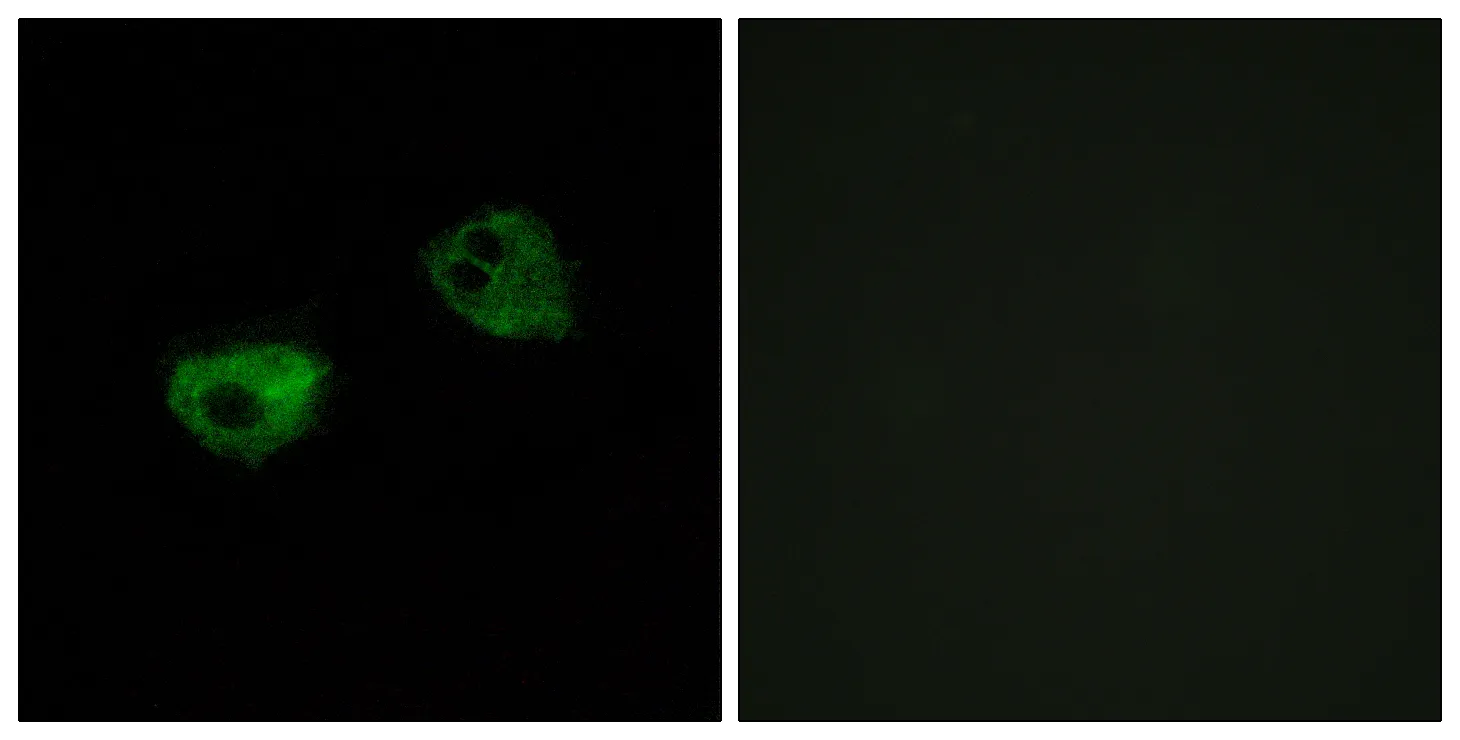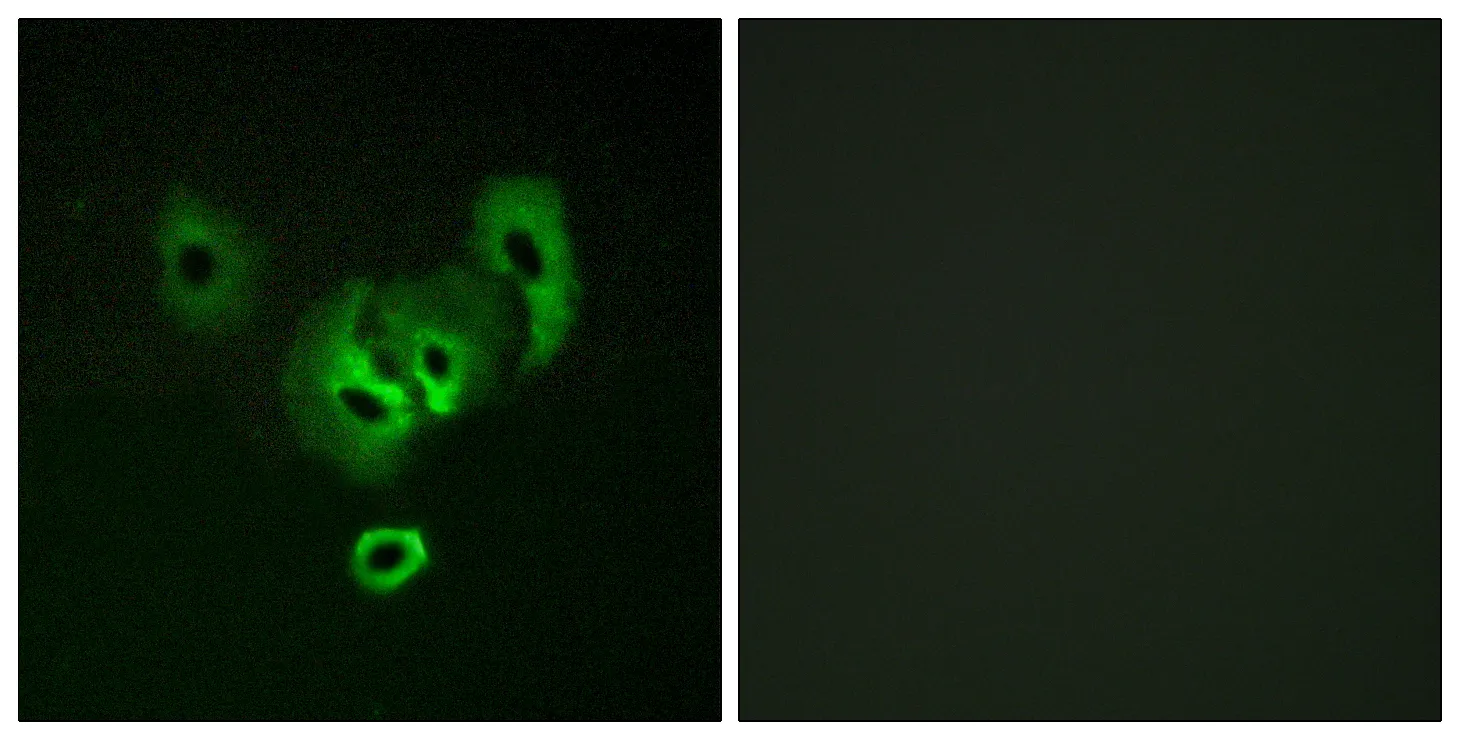Summary
Performance
Immunogen
Application
Background
Voltage-gated potassium (Kv) channels represent the most complex class of voltage-gated ion channels from both functional and structural standpoints. Their diverse functions include regulating neurotransmitter release, heart rate, insulin secretion, neuronal excitability, epithelial electrolyte transport, smooth muscle contraction, and cell volume. This gene encodes a member of the potassium channel, voltage-gated, subfamily G. This member is a gamma subunit of the voltage-gated potassium channel. The delayed-rectifier type channels containing this subunit may contribute to cardiac action potential repolarization. [provided by RefSeq, Jul 2008],domain:The segment S4 is probably the voltage-sensor and is characterized by a series of positively charged amino acids at every third position.,function:Potassium channel subunit. Modulates channel activity by shifting the threshold and the half-maximal activation to more negative values.,miscellaneous:Heterodimers with KCNB1 are highly sensitive to inhibition by tetraethylammonium (TEA) and propafenone.,similarity:Belongs to the potassium channel family. G subfamily.,subunit:Heterodimer with KCNB1. Does not form homomultimers.,tissue specificity:Highly expressed in heart, liver, skeletal muscle, kidney and pancreas. Detected at low levels in brain, lung and placenta.,
Research Area




